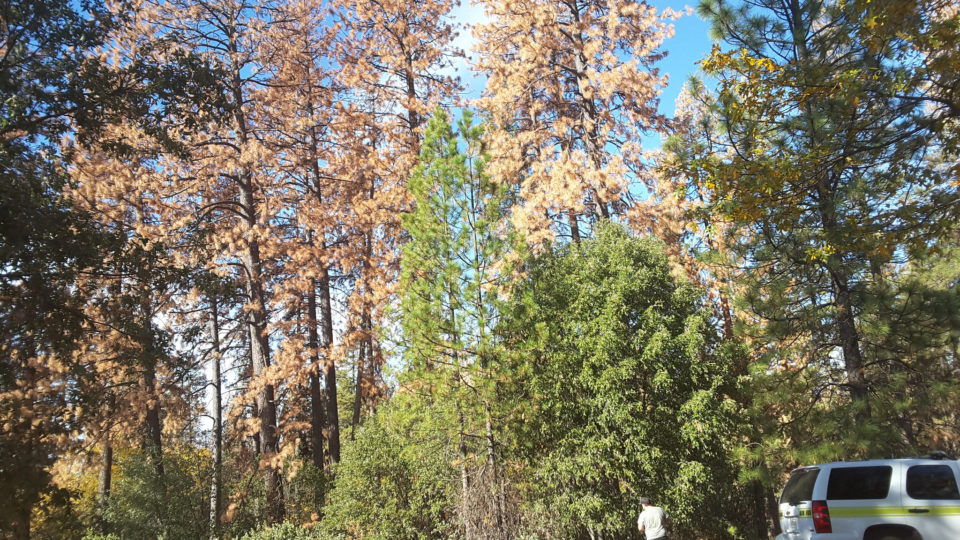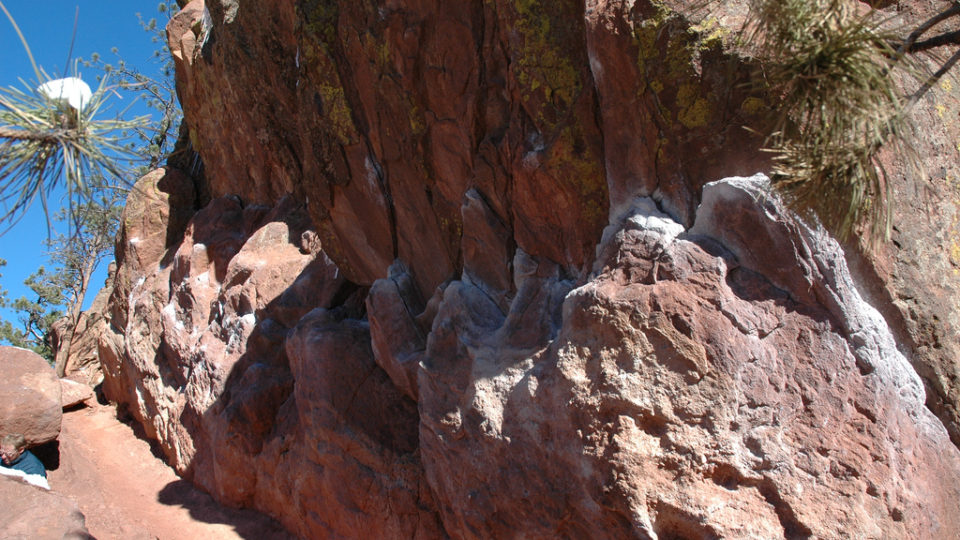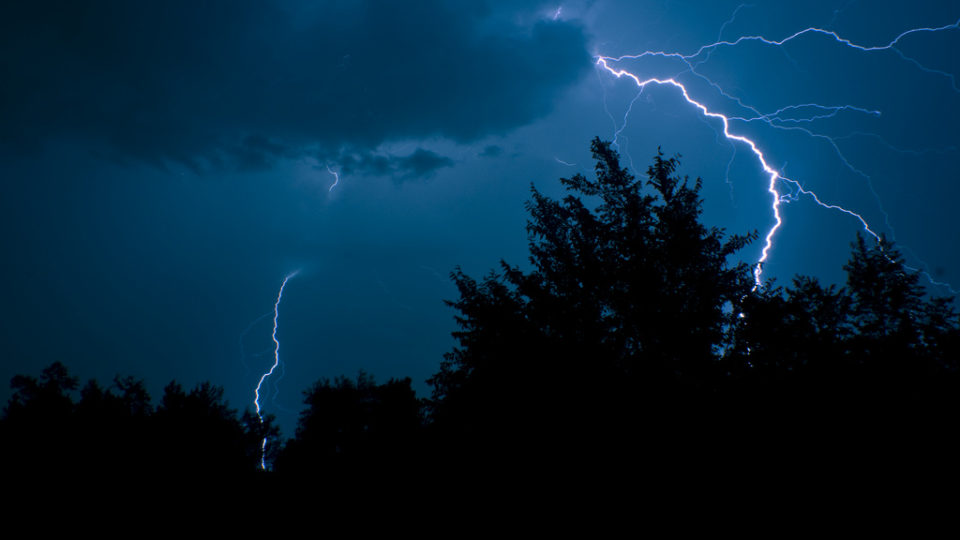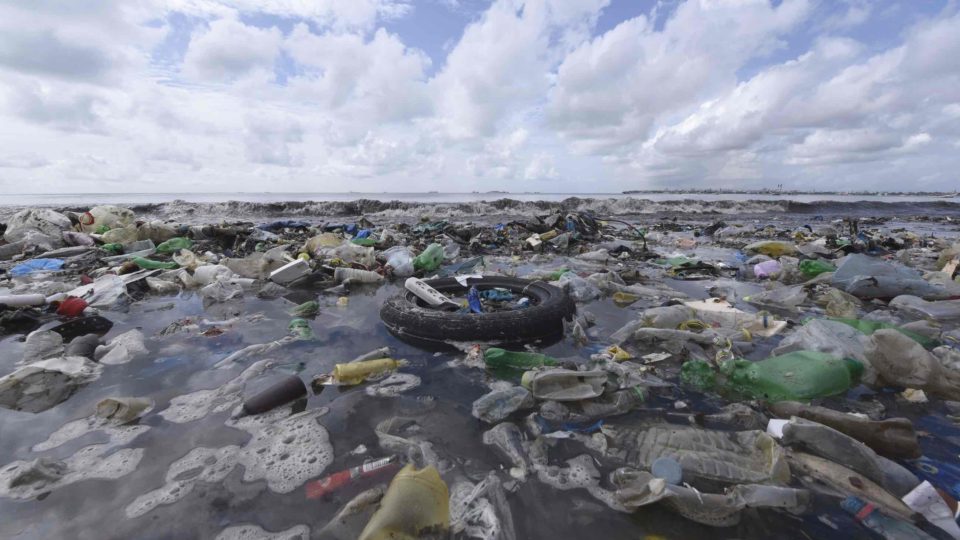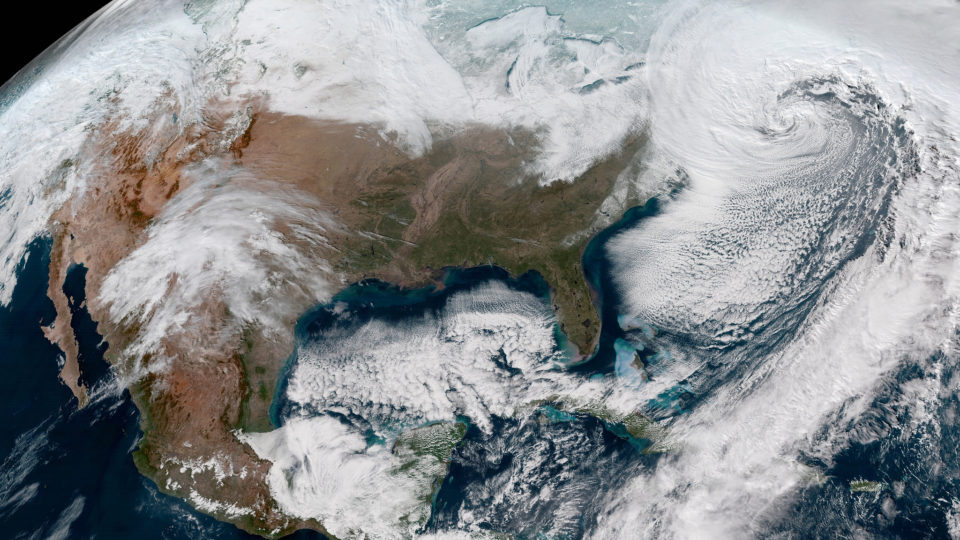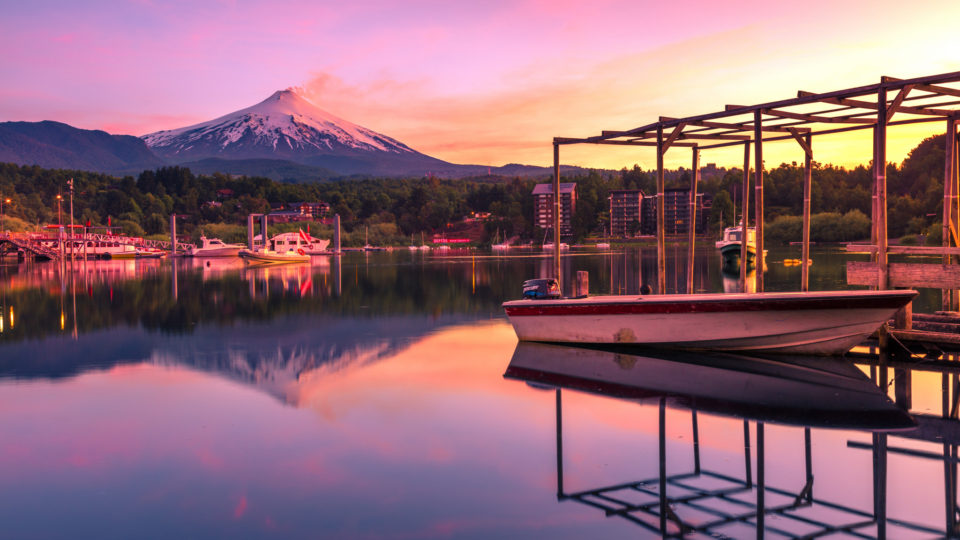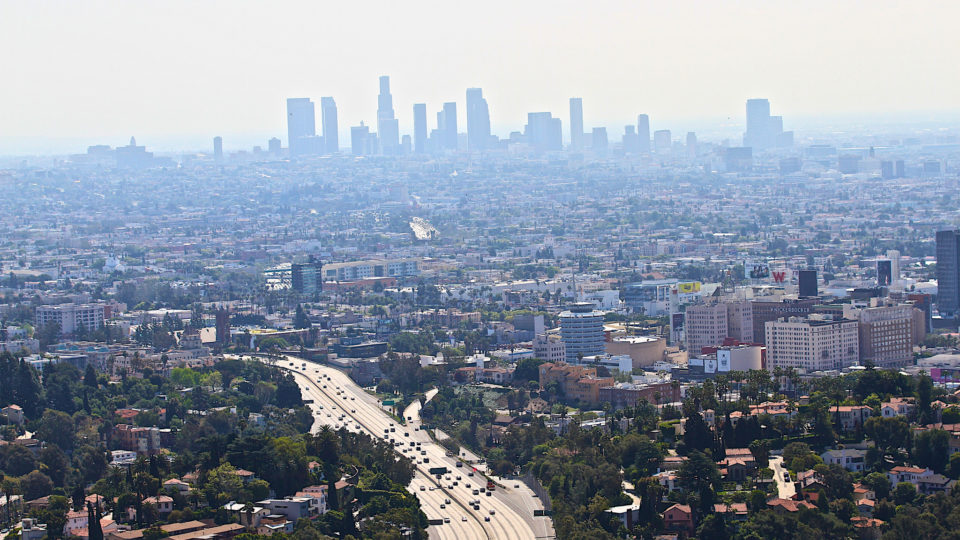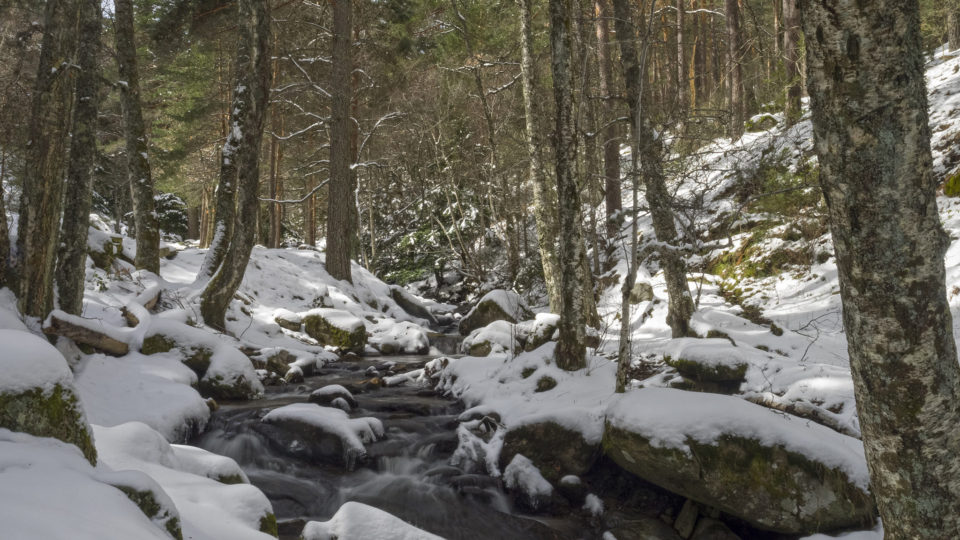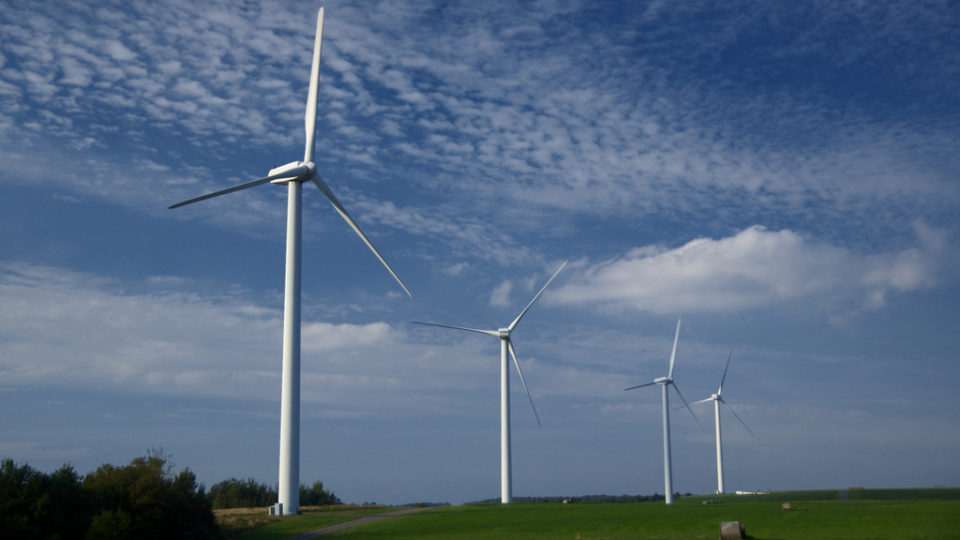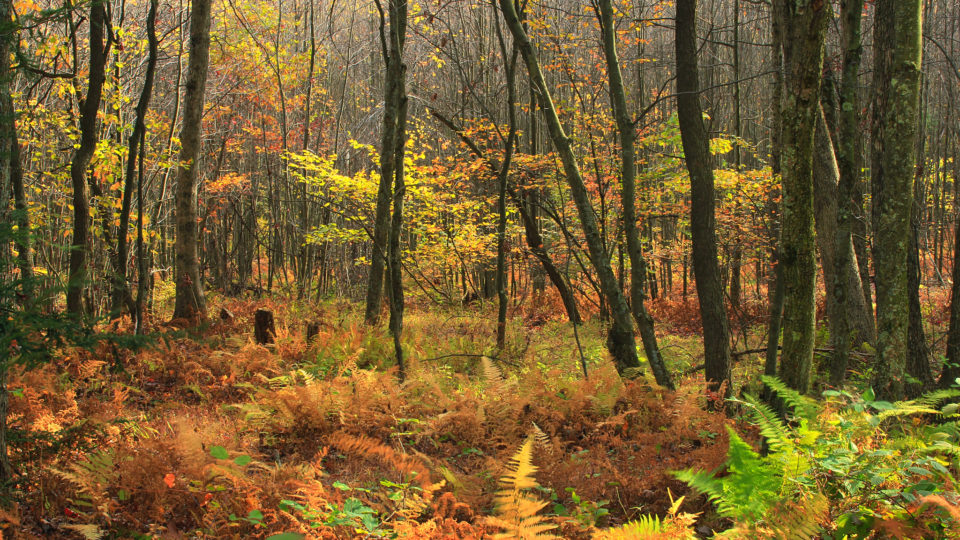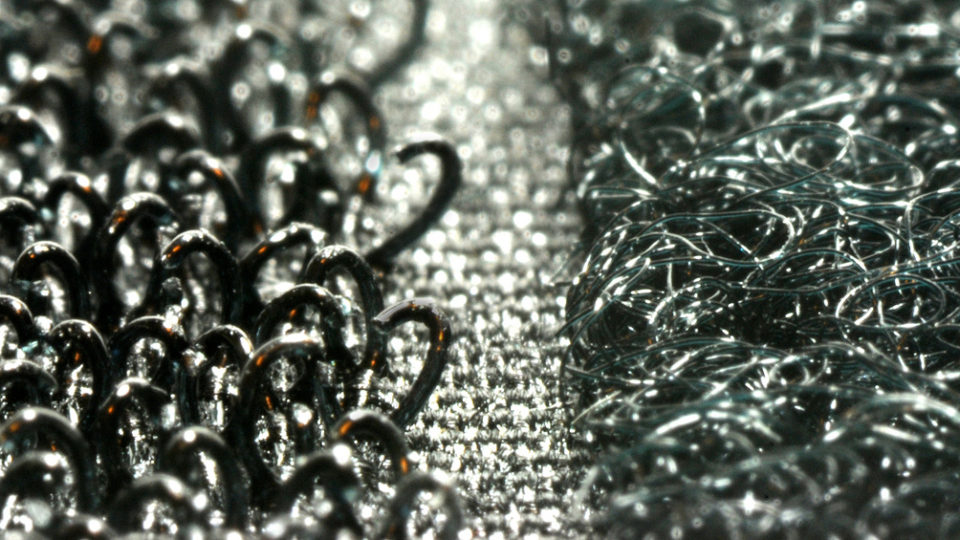study
Audio Player
Better Ways To Fish
Audio Player
A recent study published in Fisheries Research looked at the effectiveness and level of waste for various categories of fishing gear used in the global fishing industry.
Tourism And Greenhouse Gas Emissions
Audio Player
Tourism is a significant contributor to global gross domestic product. Furthermore, it is growing at an annual rate of 4%, more than many other economic sectors. There are many places around the world where it is the largest industry. But until recently, there really wasn’t very good information about its carbon footprint.
Pollinators With Backbones
Audio Player
There is a great deal of concern about the status of pollinators like bees and butterflies. They play a crucial role for many important food crops. But it turns out that lizards, mice, bats and other vertebrates are important pollinators too.
Nitrogen In The Rocks
Audio Player
The carbon cycle is the biogeochemical process by which carbon is exchanged between the atmosphere, the terrestrial biosphere, the ocean, sediments, and the earth’s interior. Its balance is a key factor that influences the climate.
The Dirty Dozen Of 2018
Audio Player
Every year, the Environmental Working Group ranks pesticide contamination in 47 popular fruits and vegetables for its Shopper’s Guide to Pesticides in Produce. The environmental nonprofit has created this ranking annually since 2004.
The Sahara Desert Is Expanding
Audio Player
Deserts are barren areas of land where little precipitation occurs, resulting in living conditions that are hostile for plant and animal life. These regions are typically defined by low average annual rainfall—usually 100 millimeters (less than 4 inches) of rain per year or less.
Extreme Weather Increasing
Audio Player
It sure seems like extreme weather is increasingly common: floods, droughts, extreme rainfall, powerful snowstorms, hurricanes and so on. But we tend to focus on recent events and often give them undue emphasis. So, it is reasonable to ask whether extreme weather really is more common these days.
The Great Pacific Garbage Patch
Audio Player
The Great Pacific Garbage Patch is the world’s largest collection of floating trash. It lies between California and Hawaii and is popularly described as being larger than Texas. It was discovered in 1997 by a yachtsman who sailed through a mess of floating plastic bottles and other debris while on a voyage between Hawaii and Los Angeles.
Climate Change And Biodiversity
Audio Player
According to a new study recently published in the journal Climatic Change, up to half of the plant and animal species in the world’s most naturally-rich areas could face local extinction by the turn of the century due to climate change. This projection, jeopardizing the biodiversity in places like the Amazon and the Galapagos, assumes carbon emissions continue to rise unchecked.
Spring Is Springing Earlier
Audio Player
A comprehensive study has confirmed what has been widely believed in the scientific community and in popular reports for years: spring is arriving earlier and the further north you go, the more pronounced is the effect.
Cold And Snow From Global Warming
Audio Player
The Arctic has been experiencing record warm temperatures and record low sea ice levels. During February, there were nine days in a row with temperatures averaging 27 degrees above normal and often above freezing. Over the previous 20 years, there were only two previous readings above freezing in February – once in 2011 and once last year.
Listening To Volcanoes
Audio Player
Volcanoes are complicated, and we don’t have universally applicable ways to predict when they might erupt. Measurements of seismicity, gas emissions and ground deformation are all useful in trying to figure out what volcanoes are up to. However, it is unlikely that will ever have definitive prediction techniques.
How Safe Is Drinking Water?
Audio Player
Water is life. It’s a fundamental need for every human being on the planet. Each person requires more than five gallons of clean and safe water a day for drinking, cooking, and keeping clean. Dirty water, on the other hand, can be deadly. An estimated 1.8 million people die every year as a result of diarrheal diseases like cholera. And tens of millions of people are seriously sickened by water-related maladies.
The Changing Face Of Air Pollution
Audio Player
Air pollution in cities is a global problem that has reached crisis proportions in places like China and India. In our country, since the Clean Air Act was passed in 1970, there has been a great deal of effort exerted in controlling pollution from vehicles. A combination of pollution-limiting changes to engines, fuels, and pollution control systems has significantly reduced the amount of air pollution associated with the transportation sector.
Fracking And Streams
Audio Player
Hydraulic fracturing – better known as fracking – is a method of extracting oil and gas from shale deposits in which millions of gallons of freshwater and chemicals are injected into deep underground deposits. There has been a great deal of concern related to the effects that this process has on water quality and also on the stability of the ground in the vicinity of where it takes place.
Climate Change Threatens the U.S. Military
Audio Player
According to a new study from the Pentagon, nearly half of United States military sites are threatened by wild weather linked to climate change. The U.S. Department of Defense states that drought, wind, and flooding that occur due to reasons other than storms topped the list of natural disasters that endanger 1,700 military sites around the world – everything from outposts to large bases.
[Read more…] about Climate Change Threatens the U.S. Military
Indirect Greenhouse Gas Emissions
Audio Player
When considering the greenhouse gas emissions associated with any energy source, it is important to look at the total life cycle emissions both from the direct use of the energy source and from the indirect emissions associated with building the system, producing and transporting fuels and other supplies and, ultimately, decommissioning the system. Taking all of this into consideration is necessary in order to have a full accounting of the carbon impact of power sources.
Removing CO2 With Plants
Audio Player
Plants are the world’s great storehouse of carbon dioxide. That is why deforestation is a major contributor to climate change. If only there were more trees and plants, more of the CO2 in the atmosphere would be absorbed and could no longer trap heat in the atmosphere.
Biomimicry Is Big
Audio Player
